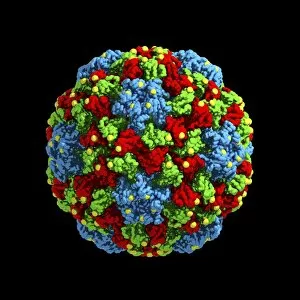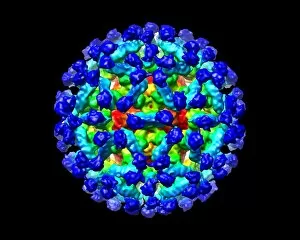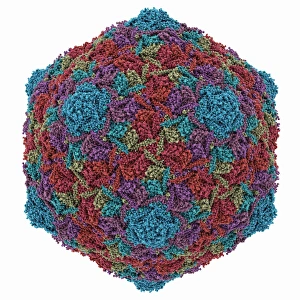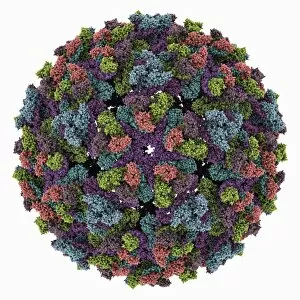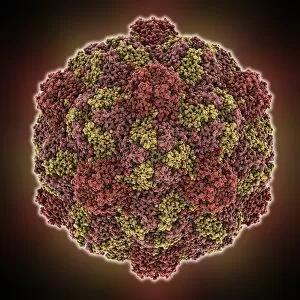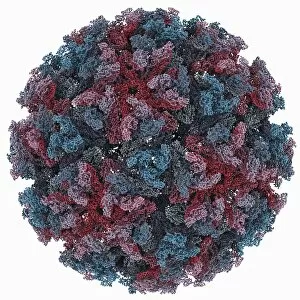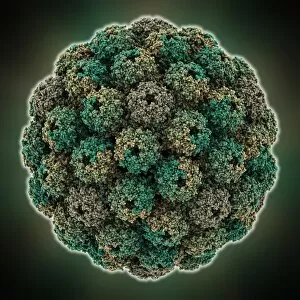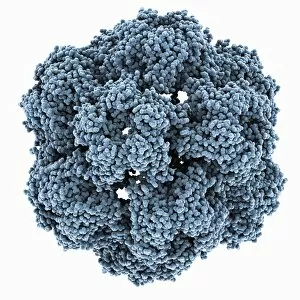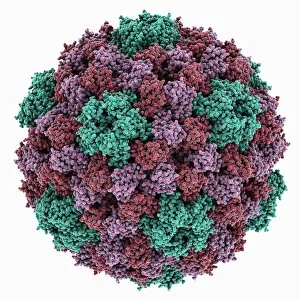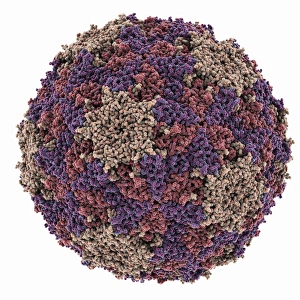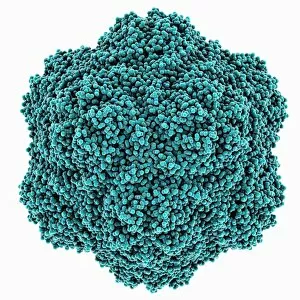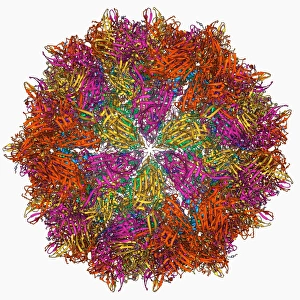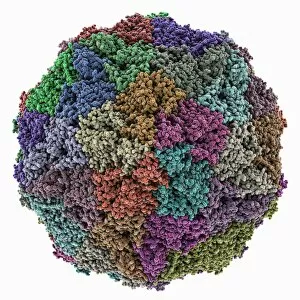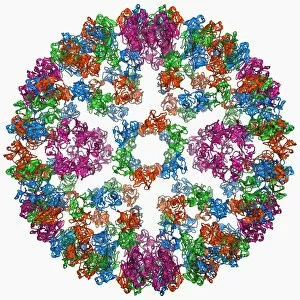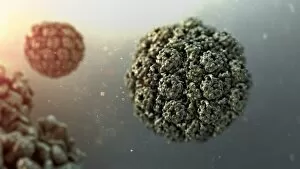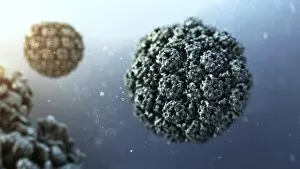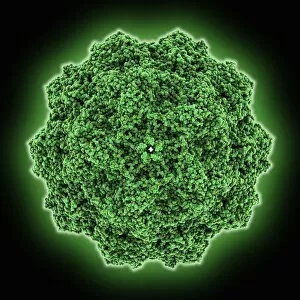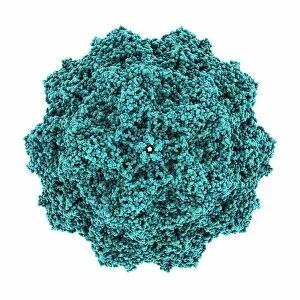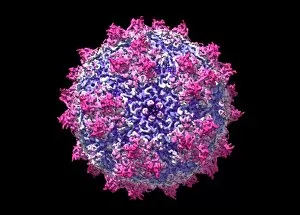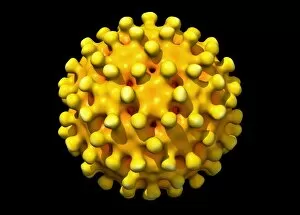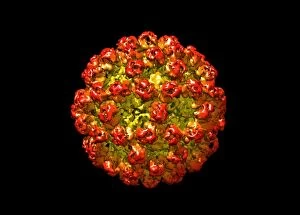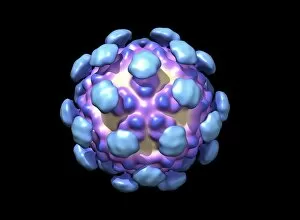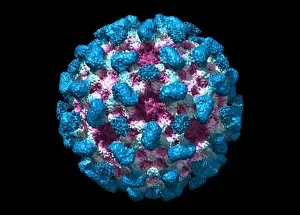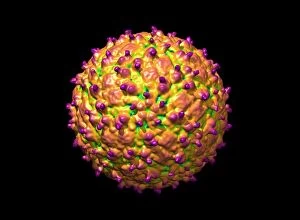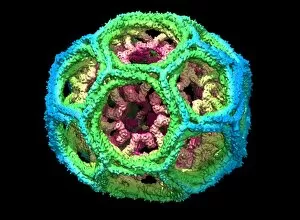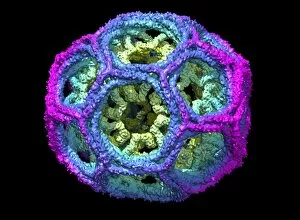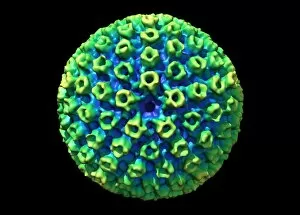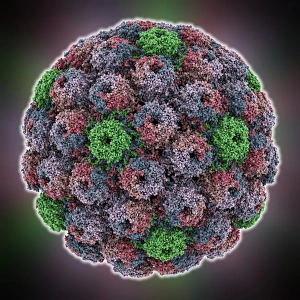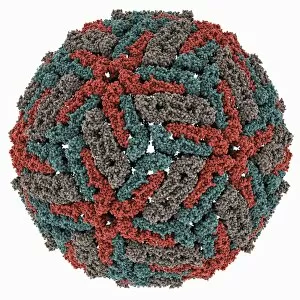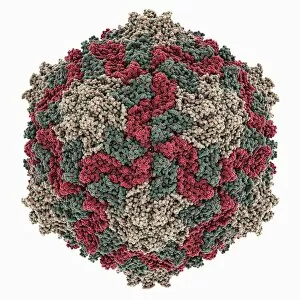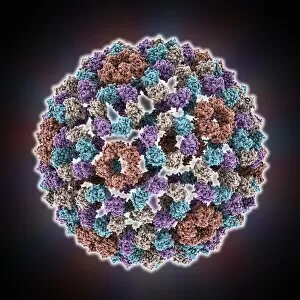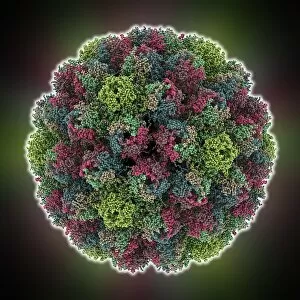Protein Shell Collection
Protein shells, the guardians of genetic material
All Professionally Made to Order for Quick Shipping
Protein shells, the guardians of genetic material. 🧬✨ From Bacteriophage phi29 to Simian immunodeficiency virus (SIV), these tiny marvels play a crucial role in protecting and delivering genetic information. Through computer models, scientists have unraveled their intricate structures and marveled at their functionality. Take a peek into the world of protein shells: Bacteriophage phi29: This remarkable phage boasts an elegant protein shell that encapsulates its DNA payload, ensuring safe delivery to host bacteria. Simian immunodeficiency virus (SIV): Its protein shell shields the viral RNA from external threats while facilitating its entry into host cells, leading to potential insights for HIV research. Murine norovirus with antibody fragments: The combination of this virus's capsid and antibody fragments holds promise for developing effective treatments against norovirus infections. HK97 bacteriophage capsid: With its unique shape and structure, this bacteriophage's protein shell acts as armor against host defenses during infection. Chikungunya virus capsid: A key player in chikungunya fever transmission, this virus's protein shell enables efficient replication within mosquito vectors and subsequent human infection. Turnip yellow mosaic virus capsid: Nature's architectural masterpiece. This plant-infecting virus showcases a beautifully symmetrical protein shell that safeguards its genetic material during transmission between plants. Hepatitis B virus capsid molecular model: Understanding the intricacies of this viral protein shell aids in designing antiviral strategies against hepatitis B infections worldwide. Infectious bursal disease virus capsid: A significant threat to poultry health, studying this avian pathogen's protective coat may pave the way for improved vaccines or treatment options. Sindbis virus capsid molecular model: By deciphering the structure of this alphavirus' outer layer, researchers gain insights into its replication process and potential targets for antiviral interventions.

